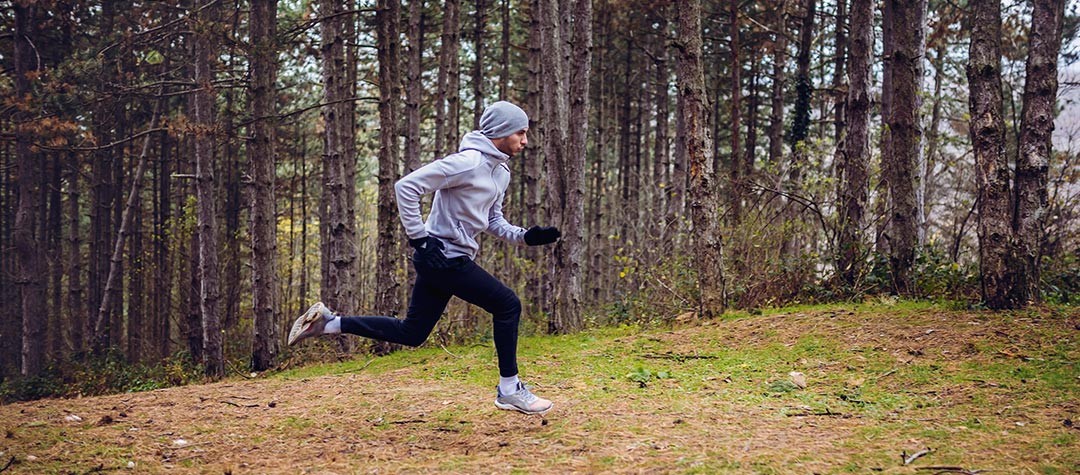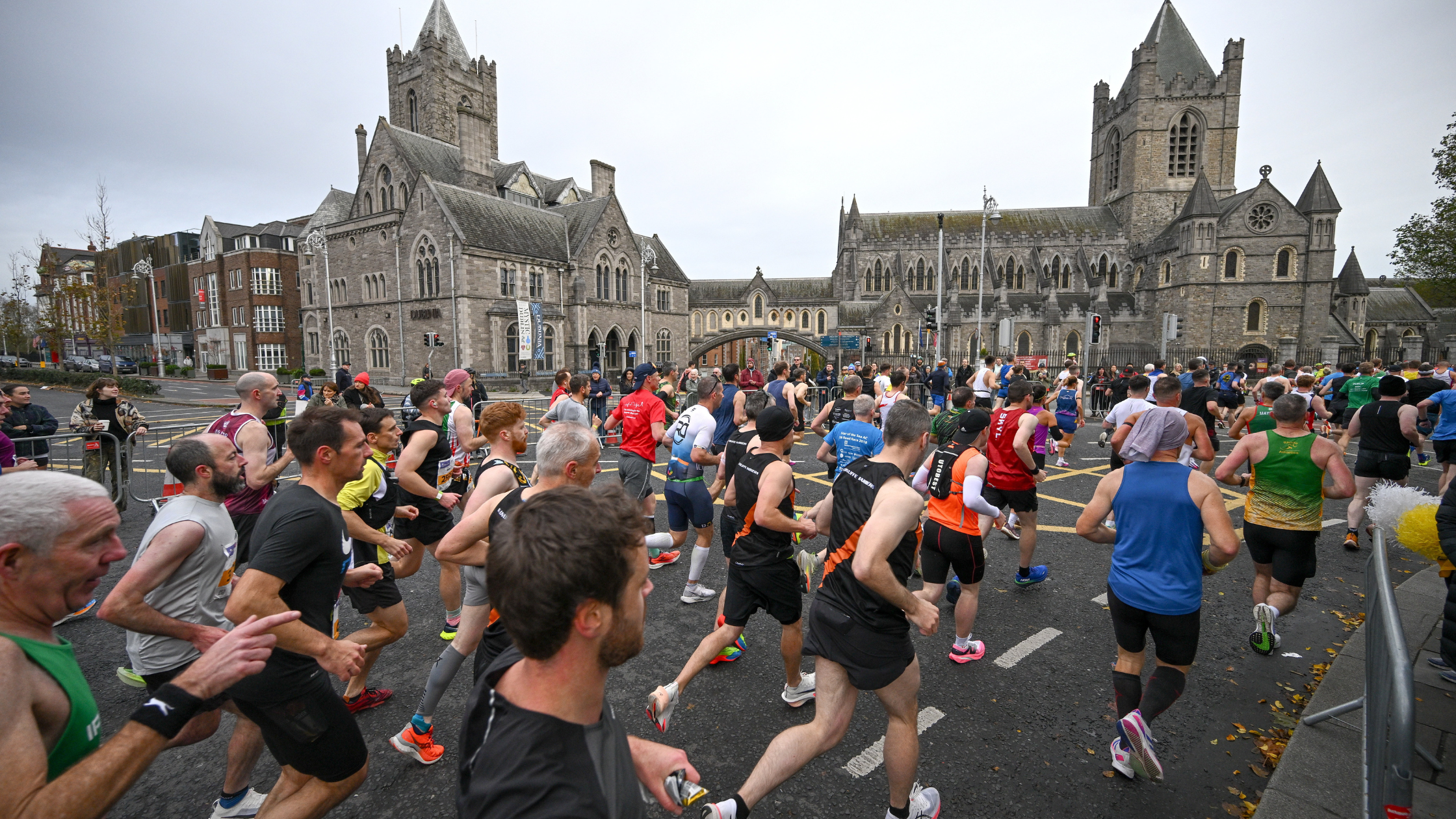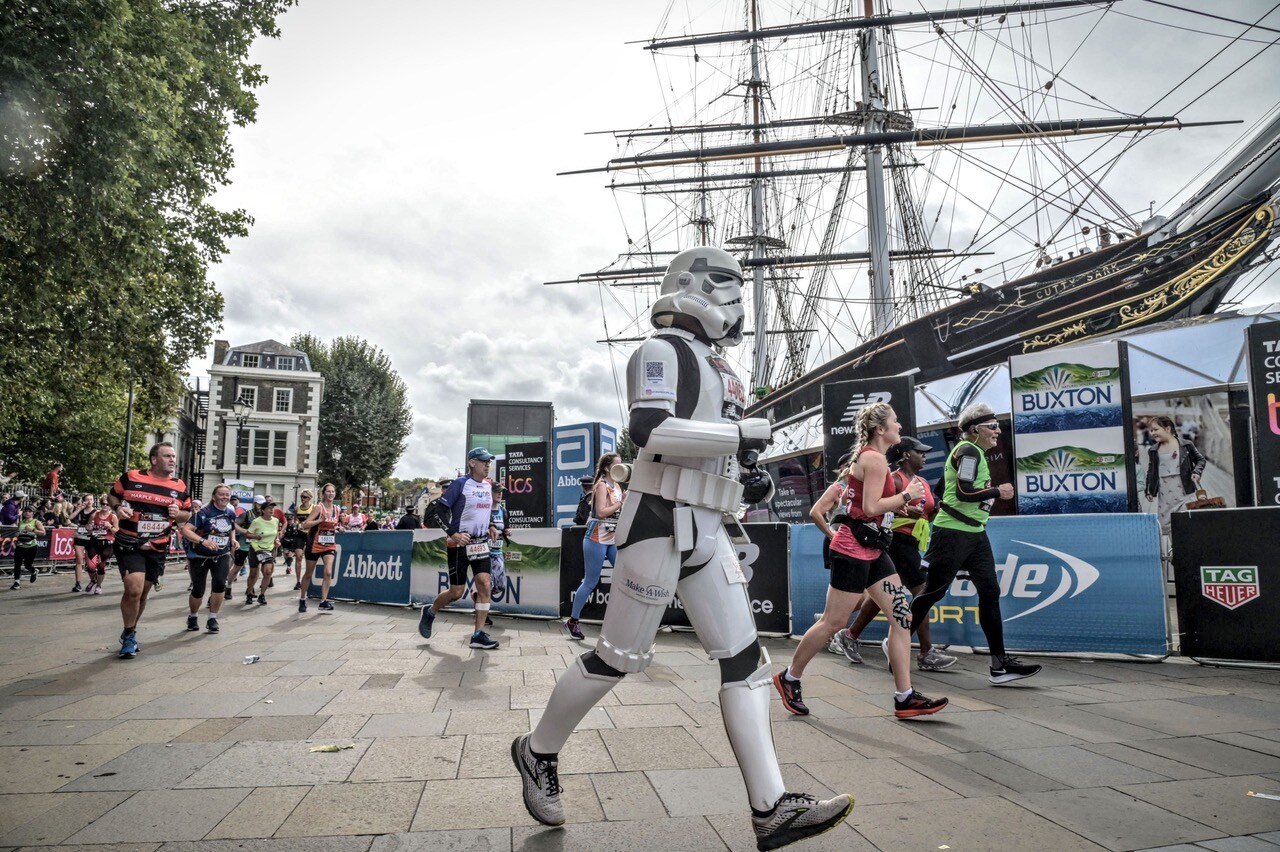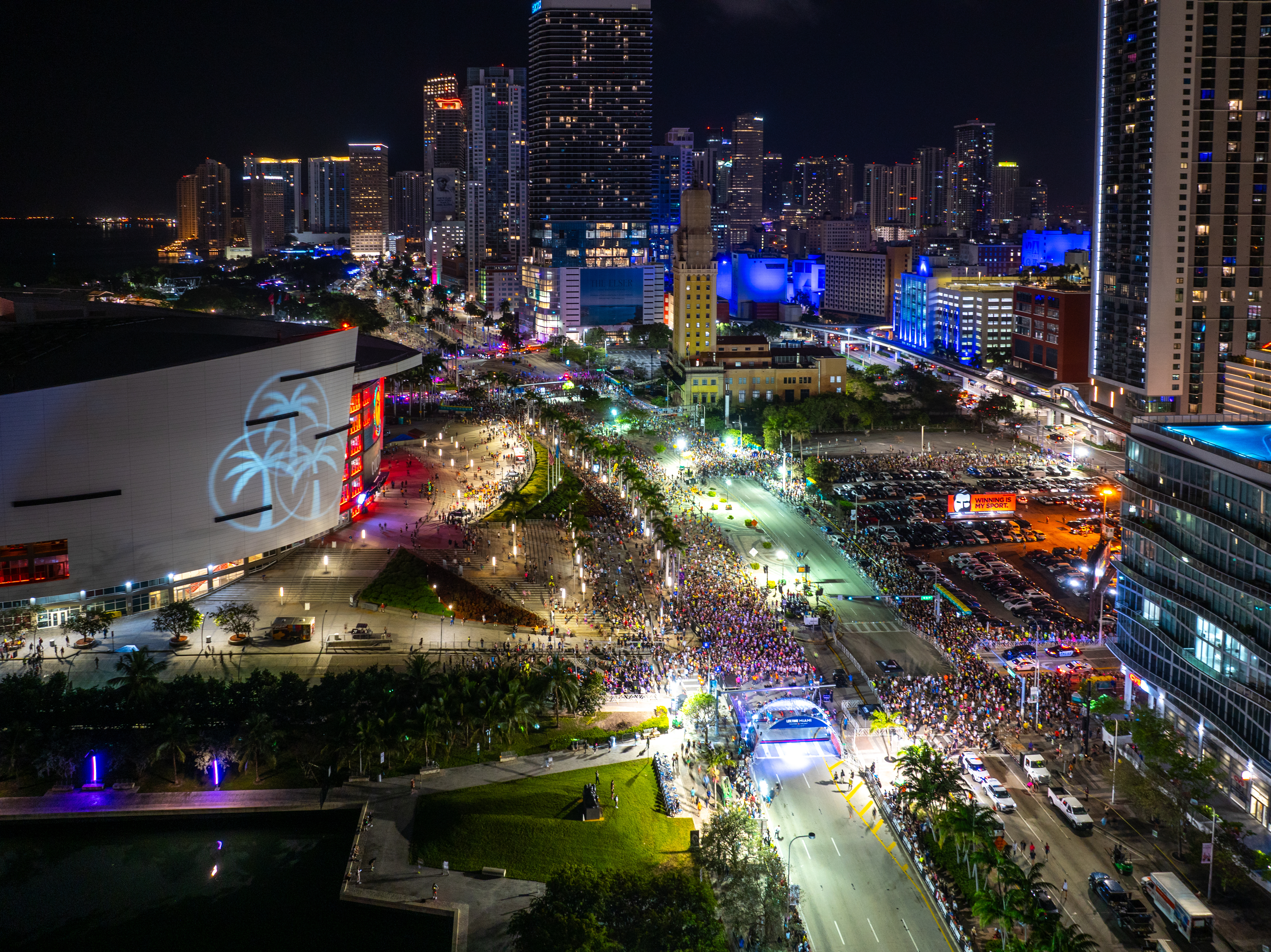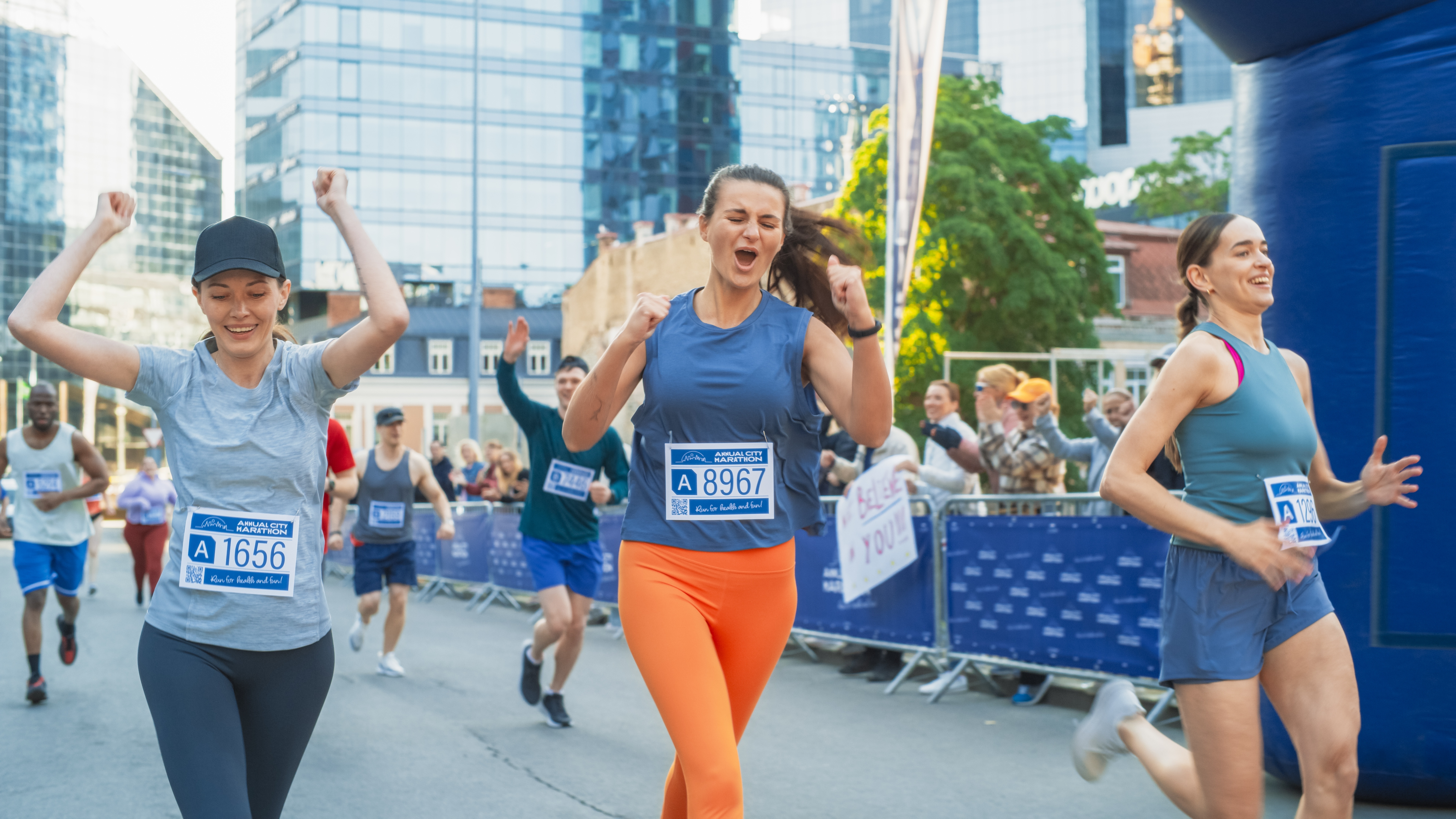Best ways to improve your speed in the running leg of your triathlon through speed, threshold and other sessions.
Pretty much every type of training you complete will make you faster, especially if you’re an amateur who’s time limited with family commitments or work. If you do a heap of long steady miles you’ll get fitter, improve your technique, lose weight and therefore become faster, and this random easy training has a place in every training programme.
While lots of easy or steady miles, including recovery training, will always have their usefulness in a training programme, the real quick gains that make you competitive will come from the stuff that really hurts.
The real quick gains that make you competitive will come from the stuff that really hurts.
Often the more you hate doing something the better it is for you as it’s probably the very thing that needs the most work! This is the very training that will make you fast and should be included in your sessions at least once a week per sport.
Getting started with harder sessions
Ideally you’ll be able to start the fast sessions once you have a period of easy training under your belt so your body is used to the movements and your muscles are ready and strong enough to be pushed hard. Harder sessions are more damaging on your body so you need to be ready for what is coming, which includes being well warmed up and also well stretched or massaged post-workout.
When thinking about improving your overall speed try to think of it as increasing your body’s capacity or raising the roof on your ability. To keep it simple, you can’t expect to be able to run a 35-minute 10k if you find 3:30 kilometers very difficult, and you won’t ever find 3:30 kilometres easy unless you can run 400m in 1:15 around the track at speed. So it’s about raising your ability to go fast.
Benefits of speed work
Speed work and your increased capacity will have a knock on effect and pull up all your various thresholds with it, thus making you fitter and more conditioned. If you can rack up time over the weeks of training at well above race pace then you can start to expect to find your 3:30 kilometres easier.
Any improvements to your overall speed will start to show up with consistency of doing it and time accumulated at the various speeds. All will make you fast in their own way and all types of sessions should be factored into your training programme.
Threshold or tempo training will improve your overall strength and will train you to hold a hard pace for a long time. Time spent at threshold will also improve your speed endurance so you are able to run fast for a long time without tiring.
Threshold sessions
An example of a threshold session is a decent warm up before running straight into a block 30-40 minutess at a sustained hard pace. By the end it should feel very hard but still manageable. If you’re getting nervous and anxious going into this session you’re probably running too fast as this is not meant to be a maximal effort session.
Speed sessions don’t always need to be at max effort so that you’re crawling off the track on your hands and knees! In fact it’s useful if you can complete a speed session but not be completely dead so you’re better in other sessions to come in the following days.
Example speed session
We often do a session of 20 x 200m, with half of the track run easy, and half of the track fast. This way you get in 8k of running but 4k of it is very quick. We used to go around 30 seconds for the fast ones, so it’s not too far off a sprint yet way above race pace. What it does is teaches you some raw speed, decreased ground contact time and will help improve your technique and economy.
VO2 max training is the real icing on the cake training. Usually it’ll be somewhere around 4-6k of running with a decent amount of rest but as hard as you can go. This is what will really challenge your heart and lung capacity and also improve your speed endurance.

